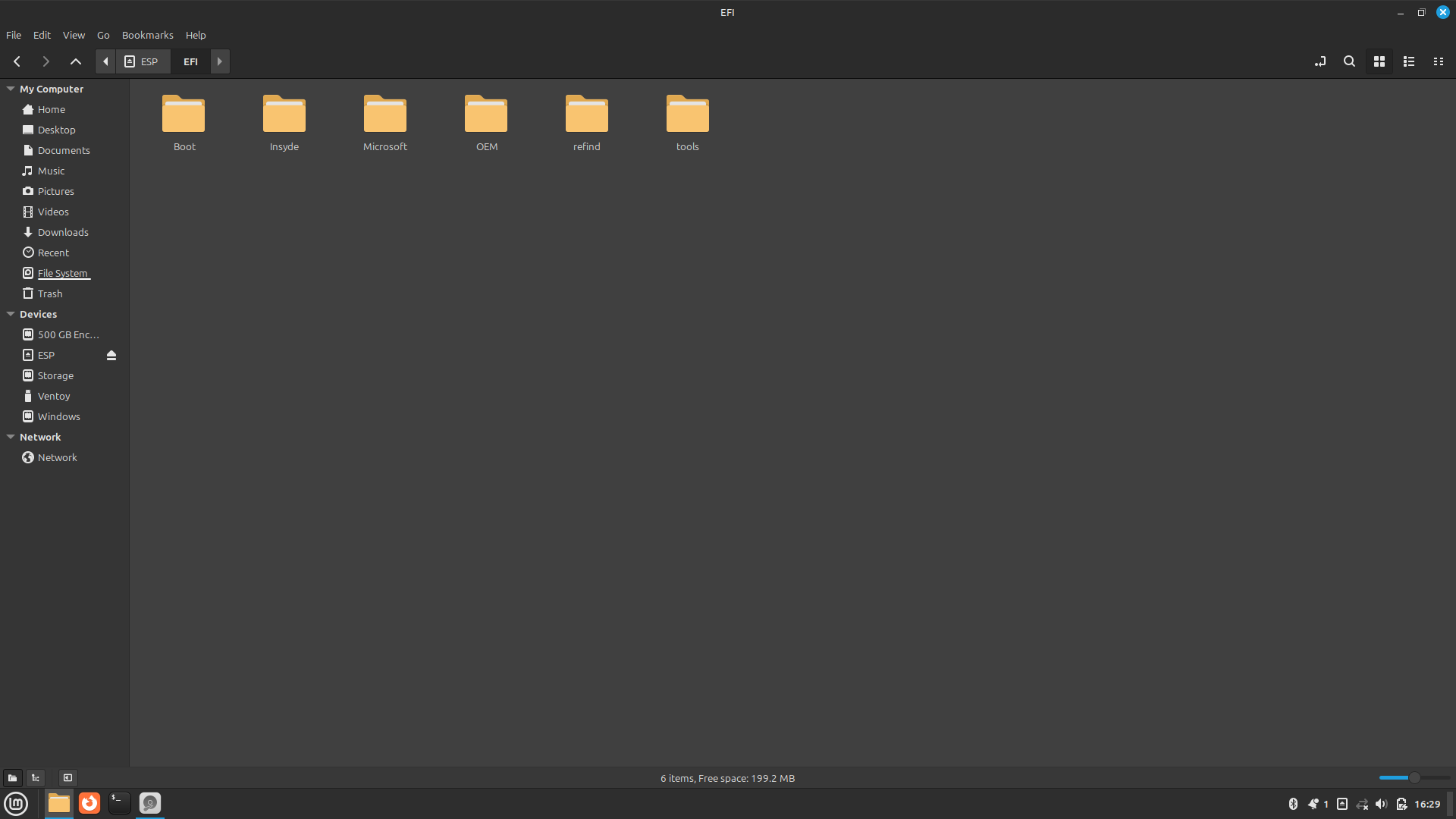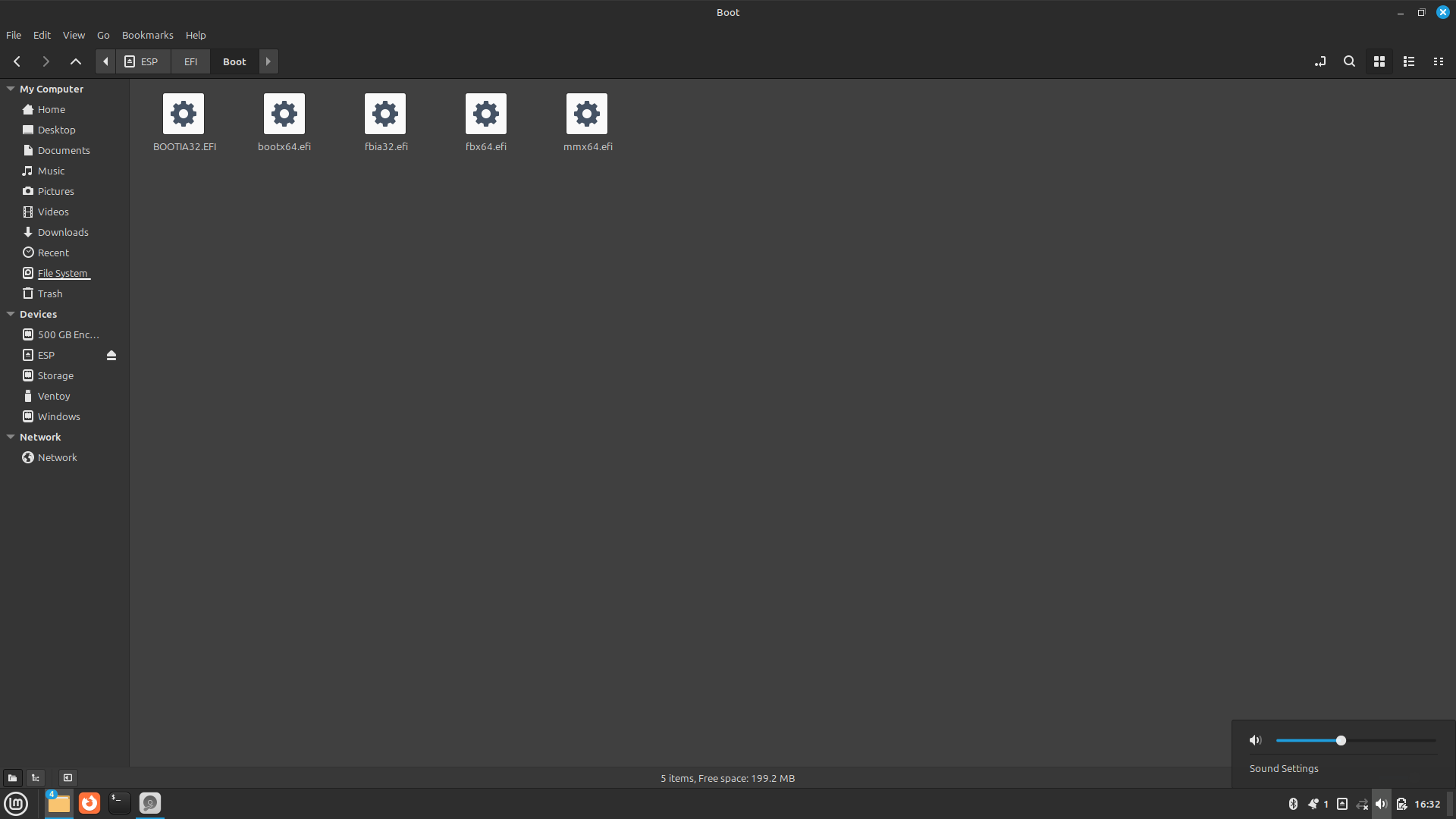I have an old HTPC that hasn't been used in about 4 years with Windows 7 on it. It ran fine with Windows 7 but didn't work well with 8 when that came out (or at least the Windows Media Center that we used as a DVR with a cable card didn't) so it's stayed on 7 ever since. I haven't actually used it in about 4 years and now of course don't want Windows 7 where it can connect to the Internet.
Recently I had the idea that I could install Linux on the computer and use it as a media server with Jellyfin, Plex, or something similar. Long-term when I have the finances I'd like to set up a NAS and server to build a self-hosted media library, but this should be a good starting point for now.
What I'm Working With
It's a pretty old computer. I bought most of the components in 2010/2011 anticipating moving out from my parents although I didn't actually assemble it until early 2012 when I finally moved out (and my brother actually assembled it as he moved in with me). Key components:
- Intel Core i5-750 (this is the original Intel Core i5, generation 0 as it were)
- Asus P7P55D-E Pro
- Zotac ZT-20404-20L (Nvidia GT240 R)
- 4GB DDR3
- 64 GB SSD
- 1.5 TB HD
- 1 TB SSD <- this is blank, purchased last week and what I planned to install Linux on
What I'm Trying To Do
I searched the main components on linux-hardware.org and they all showed results for running Linux, usually several varieties. I downloaded the Live CD/Installer for Linux Mint 22 Cinnamon and burned it to a DVD. I went with Mint since it seems to be one frequently recommended for Linux beginners and has a "just works" reputation. I want to install it on the new 1TB SSD I picked up and be able to still dual boot into Windows 7 for now (and in any case I'm not sure I'd do much with a 64 GB drive anymore). This is an old motherboard; it only supports BIOS, not EFI, but it almost sounds like that will be easier for the dual boot because I won't have to worry about Secure Boot. Once that's installed I'll try out Jellyfin, Plex, and Emby to see which work best with the various devices I have on our TVs. I'll also probably use the computer to rip some of our DVDs/Blu-rays to use with the server.
Problems I'm Having
I've run into two main issues so far:
First, while the computer boots and runs from the DVD, about 5-and-a-half minutes after the taskbar appears and I can start trying to do anything it locks up. Usually it would just freeze and become totally unresponsive, but last night the two times I tried it actually rebooted the computer. It's really slow to load; when the taskbar appears I try to click the Installer as fast as possible and it takes a little over 3 minutes to reach a state where I can start clicking options for the install. It's also really slow just to boot. From the time I click to start Linux Mint from the Isolinux screen until I reach a usable desktop in Linux Mint is at least 10 minutes, if not more (haven't timed that directly). I'm really not sure what the problem is here; just slow from reading the optical disc? Should I try to find a USB stick and boot from there (the computer has a couple USB3 ports but I'll have to find a spare thumbdrive)? Does this all run in RAM and 4GB isn't enough and that's why it crashes? Is Cinnamon too much for the system and I should try the Xfce or MATE versions of Mint?
Second, I thought with the Linux Installation it would be able to format and install to the new SSD without needing to do anything else, either by selecting "Erase disk and install Linux Mint" or "Something else" but the time I was able to do it fast enough to get to "Something else" the disk doesn't show up at all. It looks like I should use a GParted live CD first to partition the new drive, and then I can install Linux Mint? As I'm looking at various documentation it looks like I should put 3 partitions on the SSD, one for "/" (100 GB recommended by the Linux Mint docs), one for "/home", and one for "swap" (4 GB to match the RAM size)?
I guess as a bonus third question, it looks like once I have Linux installed the Linux installation process should also give me a boot manager that I can use to switch between Linux and Windows? Or does that require extra steps to enable? I'm comfortable editing the boot order in the BIOS. My only prior experience with dual booting a computer is an old Mac Pro that could change the Boot system in Settings/Control Panel, or hold a button on startup to bring up a menu that would allow selecting the boot OS.

